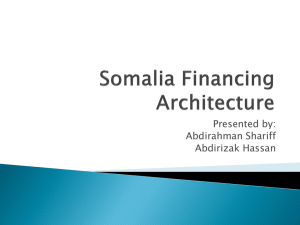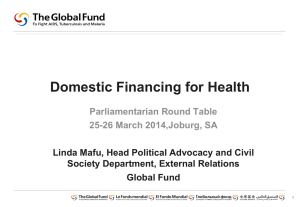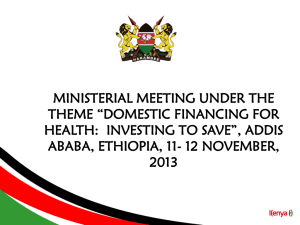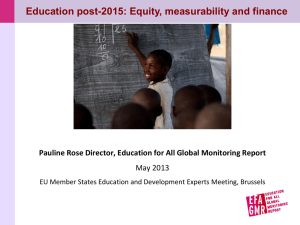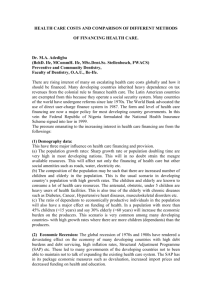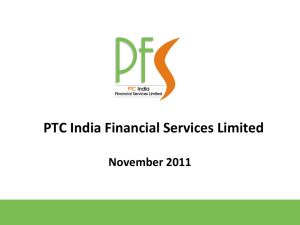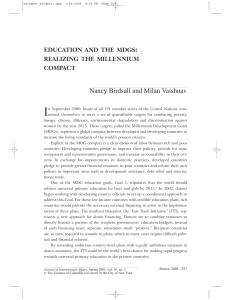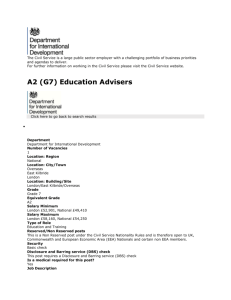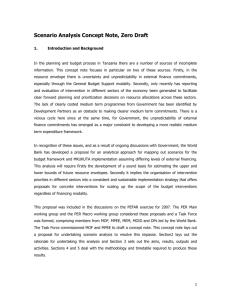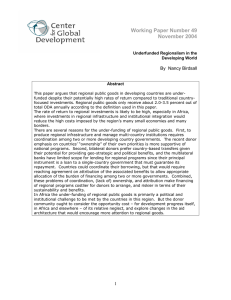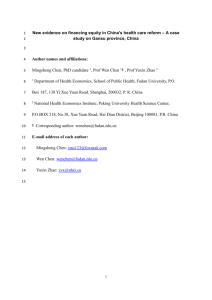A Donor`s Question about Sustainability
advertisement
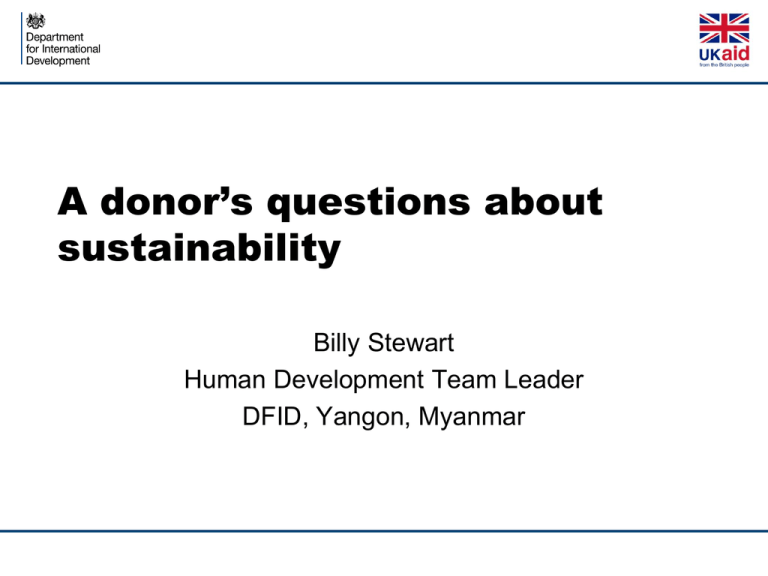
A donor’s questions about sustainability Billy Stewart Human Development Team Leader DFID, Yangon, Myanmar Why are donors talking about sustainability? DFID bilateral aid to India (£m) 200 150 100 DFID bilateral aid to India (£m) 50 0 2014/5 2015/6 Questions • Sustainability of what? • What are the opportunities for transitioning financing of social franchising? • What are the challenges with maintaining equity of service provision? • What can donors do with regard to advocacy, governance and institutions? • Is sustainability of current approaches even the right goal? Defining the question: Sustainability of what? • Of donor supported social franchising following reduction or graduation of donor financing – Towards government financing – Towards health insurance programmes – Towards greater cost recovery • Of network operations and quality assurance as well as services. • Of a focus on reaching the poorest. • Of services for particular groups (e.g. young, unmarried women) What are the opportunities for transitioning from donor financing? • Growing government budgets for health. • National programmes that have rates for certain services (e.g. India National Rural Health Mission) • Demand side financing. National Health Insurance Programmes. • Innovative or global sources of financing: development impact bonds, global financing facilities (e.g. for RMNCAH/World Bank) What are the challenges with maintaining equity and quality of service provision? • If we transition to government funding, what are the requirements to maintain equity? • Do government schemes build in sufficient flexibility to subsidise for the poorest? • Are there transitional arrangements which are helpful (such as demand side financing, equity funds)? • Are there innovative ways (endowments, results based financing) that could maintain quality assurance and network functions? What can donors do with regard to advocacy, governance and institutions? • How can donors assist to make the case for reimbursement – not just of service delivery but of network management and quality assurance. • What kind of transitional arrangements will support a better ‘handover’? • How can we support the development of public sector institutions for contracting voluntary and private sector networks? Is sustainability of current approaches even the right goal? • Continuing to do what we always did –are there different models? • Private sector corporate models (pharmacy chains, linked primary and hospital care). • Franchisee funded networks • Social investment
